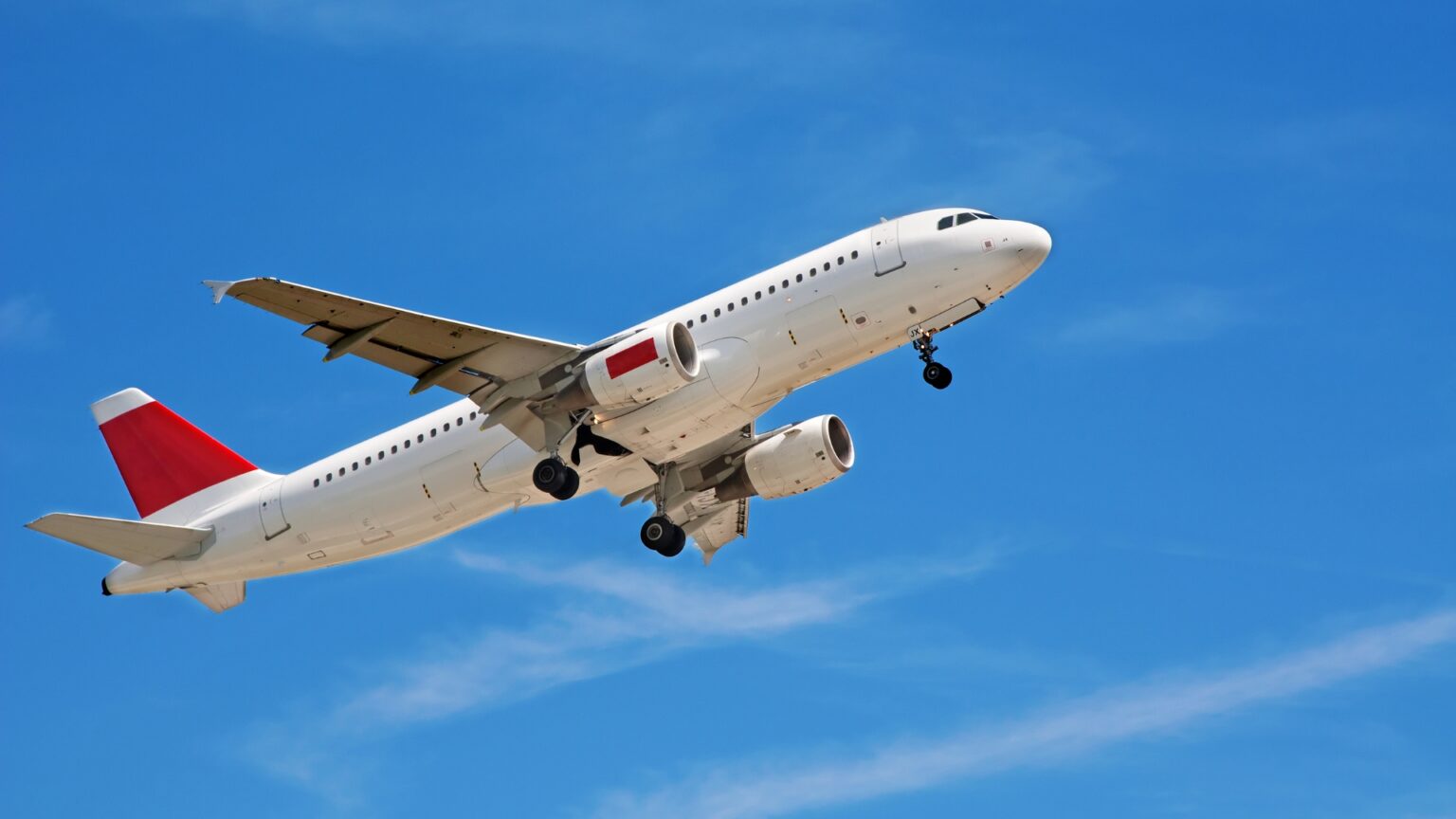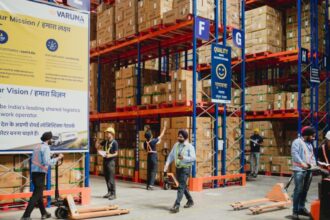Asia-Pacific airlines are facing significant disruptions in their operations due to ongoing supply chain issues. Shortages in parts, labor, and new aircraft are making it difficult for airlines to meet the soaring travel demand. As the aviation sector recovers from the pandemic, airlines are encountering new challenges that threaten their ability to maintain smooth operations.
Supply Chain Challenges Facing Asia-Pacific Airlines
The recovery of the aviation industry has been slow and uneven. Despite travel demand bouncing back to pre-pandemic levels, Asia-Pacific airlines supply chain disruptions have made it hard for carriers to cope. Airlines are struggling with delays in receiving spare parts, engines, and new aircraft, which are crucial to keeping their fleet in operation.
Impact of Shortages on Airline Operations
One of the most pressing issues is the shortage of critical components like engines, which are crucial for maintenance and repairs. The latest-generation engines, in particular, require longer repair times due to supply chain bottlenecks. As a result, airlines are facing extended downtime for their aircraft, affecting their ability to operate on time.
Consumer Protection and Competitive Pressures
Asia-Pacific airlines are also dealing with the effects of consumer protection laws. These regulations, while necessary, often leave airlines unable to fully meet passenger expectations when faced with delays caused by factors beyond their control. Major carriers such as Thai Airways and Malaysia Airlines have voiced frustration as they try to balance customer satisfaction with the ongoing operational challenges caused by Asia-Pacific airlines supply chain disruptions.
Additionally, the competitive pressures in the airline industry are intense. Airfares are dropping as competition intensifies, putting further strain on the earnings of airlines. This combination of rising costs and reduced revenues is making it even harder for airlines to cope with the effects of supply chain disruptions.
Efforts to Resolve Supply Chain Issues
Aviation leaders and manufacturing giants like Airbus and Rolls-Royce are actively working to address the supply chain challenges. These companies are collaborating to speed up the production and delivery of critical parts, hoping to alleviate some of the pressure on airlines. However, despite these efforts, many industry executives are calling for faster solutions to keep up with the increasing travel demand and restore operational stability to the region.
Conclusion: The Road Ahead for Asia-Pacific Airlines
The road to recovery for Asia-Pacific airlines is still long and challenging. While the demand for air travel is high, the sector’s ability to meet this demand is hindered by Asia-Pacific airlines supply chain disruptions. It will take time and coordinated efforts from both airlines and suppliers to overcome these issues and return to full operational capacity. Until then, passengers may continue to face delays as the aviation industry struggles to balance recovery with supply chain challenges.





